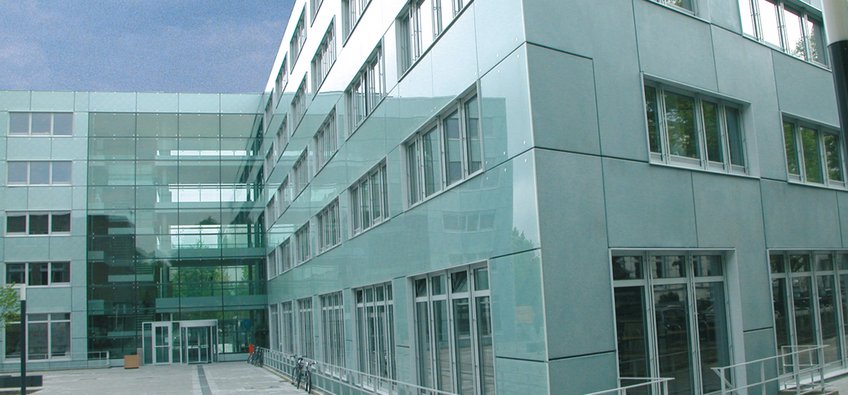
Max Planck Institute for Meteorology
Concerns that human activity was contributing to climate change and mankind's fragmentary knowledge of climate dynamics led to the foundation of the Max Planck Institute for Meteorology in Hamburg in 1975. Since then, scientists at the Institute have been studying how physical, chemical and biological processes and human behaviour contribute to global and regional climate changes. The scientists develop numerical models and measurement methods to explain the natural variability of the atmosphere, the oceans and the biosphere, and to assess the influence of land use changes, industrial development, urbanisation and other human influences. Together with the Max Planck Institute for Biogeochemistry in Jena and the Max Planck Institute for Chemistry in Mainz, they strive to provide a better understanding of the chemical and biological factors that determine the concentrations of greenhouse and other trace gases in the atmosphere, and how they interact with the terrestrial and marine biospheres.
Contact
Bundesstr. 5320146 Hamburg
Phone: +49 40 41173-0
Fax: +49 40 41173-298
PhD opportunities
This institute has an International Max Planck Research School (IMPRS):
IMPRS on Earth System ModellingIn addition, there is the possibility of individual doctoral research. Please contact the directors or research group leaders at the Institute.







